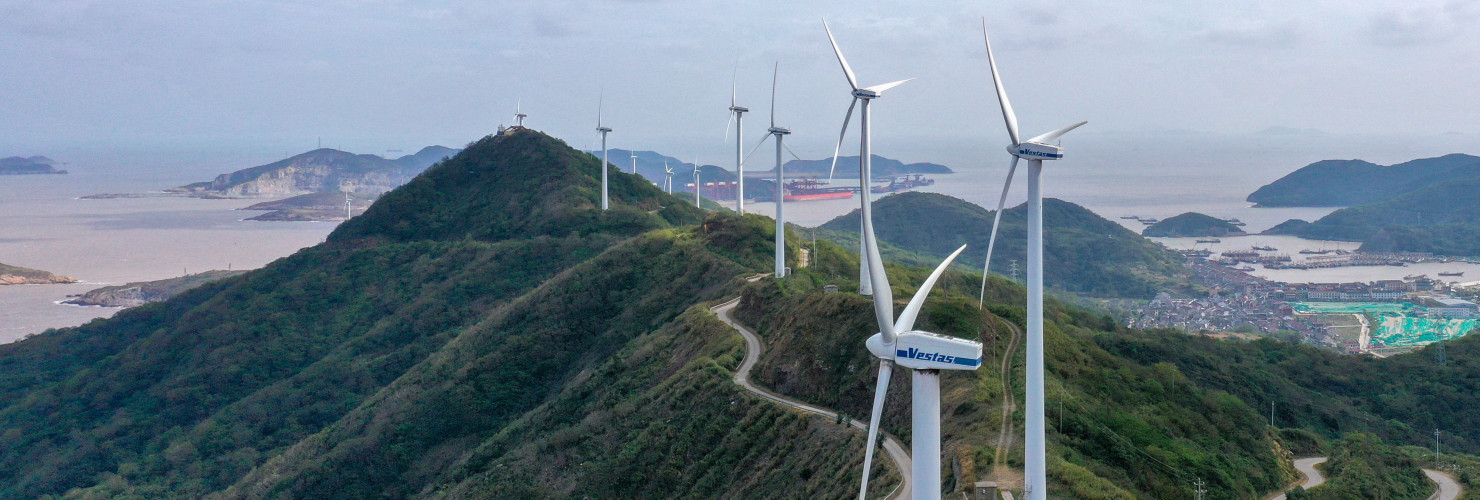

Getting China to engage on climate change
Beijing is putting its green domestic roadmap before international cooperation, say Barbara Pongratz and Nis Grünberg. But Europe has two levers with which to make it rethink.
The COP27 climate summit in November showed there is little room for strengthening international cooperation with China to fight global warming. Beijing declined to contribute to the new UN loss and damage fund for developing nations and ignored calls to raise its so-called nationally determined contribution (NDC) to global net-zero emissions by 2050. But by finding new forms of climate-policy engagement with developing countries and depoliticizing co-operation with China, Germany and the EU have a chance to get Beijing to change tack.
International climate commitments are not a priority for China
International climate commitments are quite obviously not a priority for China at present. While the US, Germany and more than half of the 194 countries at COP27 were represented by heads of state or government, China only sent climate envoy Xie Zhenhua and Vice Minister of Ecology and Environment Zhao Yingmin. In the run-up to the conference, July’s EU-China climate talks turned into a mere presentation of positions and in August China suspended talks with the US given Taiwan tensions (though they resumed in November).
One reason for this is that Beijing believes developed countries first have to live up to their climate-change responsibilities – their pledge to give USD 100 billion a year to developing countries remains unfulfilled. China still sees itself as the leader of the developing world (and so a victim of climate change), even if its emissions are catching up with those of the EU and US, both on a per-capita and cumulative basis. COP27 took a big step towards establishing the terms “major economies” and “most vulnerable countries” instead of the old distinction.
The other reason is that Beijing is not willing to give up its energy independence and security, even if it means adding fossil fuel power for a few more years. More than half of China’s energy supply comes from coal-fired power plants at home. Xi Jinping stated in his recent Party Congress report that the “new” system – one based on renewable energy – would have to be fully established before the old, fossil-fuel powered system could be dismantled (先立后破). This explains China’s leading role in both coal and renewables.
But this should not distract from the fact that China is serious about decarbonization on its own terms. The fact that China did not come to COP27 with updated NDCs is the result of Beijing abiding by the rhythm of its national Five-Year Plans (FYP) rather than demands at the international level – the current FYP is effective until the end of 2025. Also, rising emissions in the short term should not blur the country’s remaining long-term goals, which include carbon peak for 2030 and carbon neutrality for 2060, which are still within reach.
China’s continuing understanding of the need for climate protection is an opportunity for Germany and the EU to apply two levers. First, they should rethink their approach to climate leadership and show more willingness to form climate partnerships with developing nations in the global south, especially the most climate vulnerable. By living up to their promise of leadership in climate action as integral to their economic competitiveness, Germany and the EU would force China to similarly engage to stay credible with nations it claims to represent.
Stepping up existing technical partnerships would help rebuild trust
Second, Berlin and Brussels should seek depoliticized cooperation with China. With high-level dialogues falling prey to geopolitics, “machine room-level” cooperation is the way to go. Stepping up existing knowledge-sharing and other technical partnerships in areas like grid management, carbon pricing, or efficient buildings would be useful and help rebuild trust. China’s local leaders are often keen for help to meet green goals – and Europeans could learn from China’s large-scale environmental engineering and smart grid projects.
Europe can respond to China’s reluctance to jointly tackle climate change. It should see Beijing’s sluggishness not as unwillingness, but as a symptom of energy-security challenges. Berlin and Brussels should not merely repeat the mantra that China needs to do more. They need to up the pressure by helping the most vulnerable countries and show they have some understanding for China’s constraints. Engaging with this major player at different levels and by various remains crucial to the goal of keeping global warming to around 1.5 degrees Celsius.

